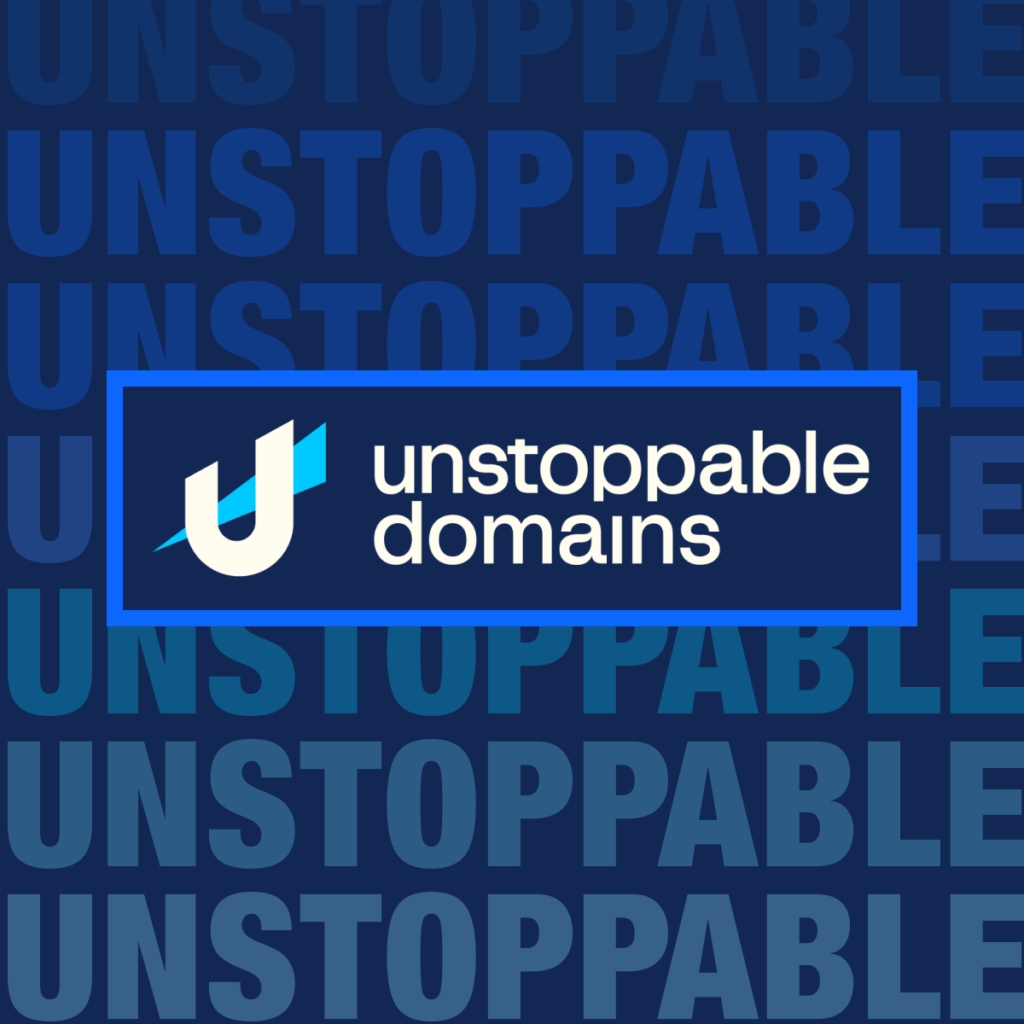By Matt Gould, CEO and co-founder, Unstoppable Domains
In the early days of building Unstoppable Domains, we prioritized using Web3 domains to send and receive crypto. While the usefulness of Web3 domains has exploded since then, sending crypto remains an important use case. Today, with 169 wallets integrated with Unstoppable, it has never been easier to send and receive crypto through Web3 domains. Yet some dieters continue to rely on long, alphanumeric crypto wallet addresses for their day-to-day crypto needs.
This is why it is never a good idea to send crypto to a naked address.
For starters, I’ll state the obvious: it’s too easy to make a mistake when sending to an alphanumeric crypto address. Unlike Web3 domains like matt.crypto, crypto wallet addresses are almost impossible to remember. With one mistyped letter or number, your money is gone forever. This is compounded by the fact that many people have multiple crypto addresses to keep track of the different coins they use. As a result, most people will use copy/paste to make sure they enter the correct address.
But recent malware attacks have made the need for Web3 domains even more pressing. A clipboard thief, or “clipper,” reported in November 2022 recognizes when you paste a crypto wallet address and modifies it, redirecting payment to the attacker. Since most people don’t have their crypto address memorized, it’s hard to tell if that long string of letters and numbers you just pasted is yours or a hacker’s.
In the blink of an eye, the money you wanted to withdraw or send is lost forever.
Web3 domains such as matt.crypto can prevent these attacks. It’s much easier to track down a problem if you try to paste “matt.crypto” and see an unrecognized crypto wallet address instead, giving you a chance to fix the problem before you press send. Shorter human-readable Web3 domains are also much more memorable, allowing you to type and confirm your wallet address without relying on copy and paste.
While it is still possible for a hacker to launch a similar attack against Web3 domains, the barriers to entry are trickier: they must purchase and configure a domain name, then target users who have a similar Web3 domain. to have a chance of success.
Web3 domains also allow senders to look up additional information to make sure they’re sending it to the right person. For example, you can check the user’s profile and see if the Twitter account associated with that domain is the right one. This acts as an extra check when sending crypto.
Best of all, with Unstoppable domains you get a single address that you can use to send over 310 different coins or tokens, so you only have to remember one name.
In short, there are many ways that Web3 domains and the blockchain can make the internet and money more secure. Sending crypto with Web3 domains isn’t just convenient – it adds an important layer of security for users.

